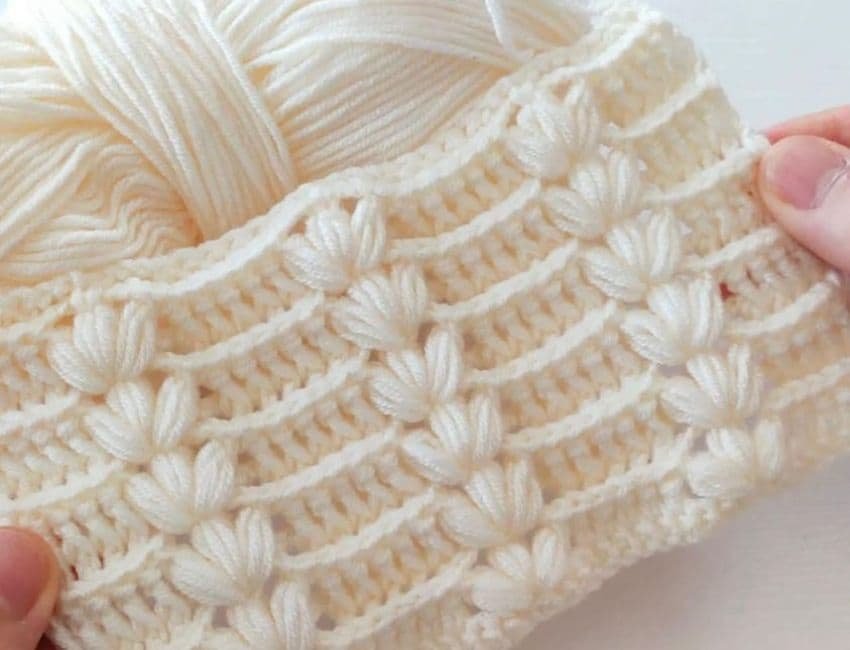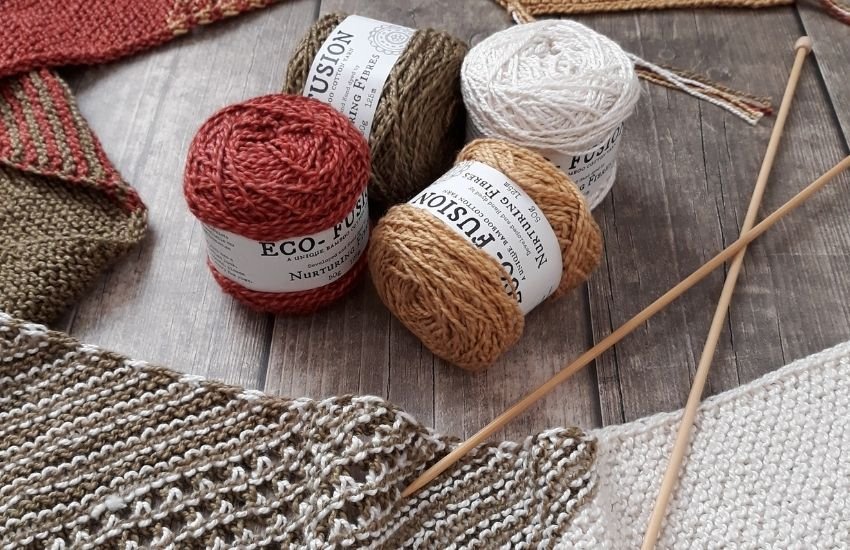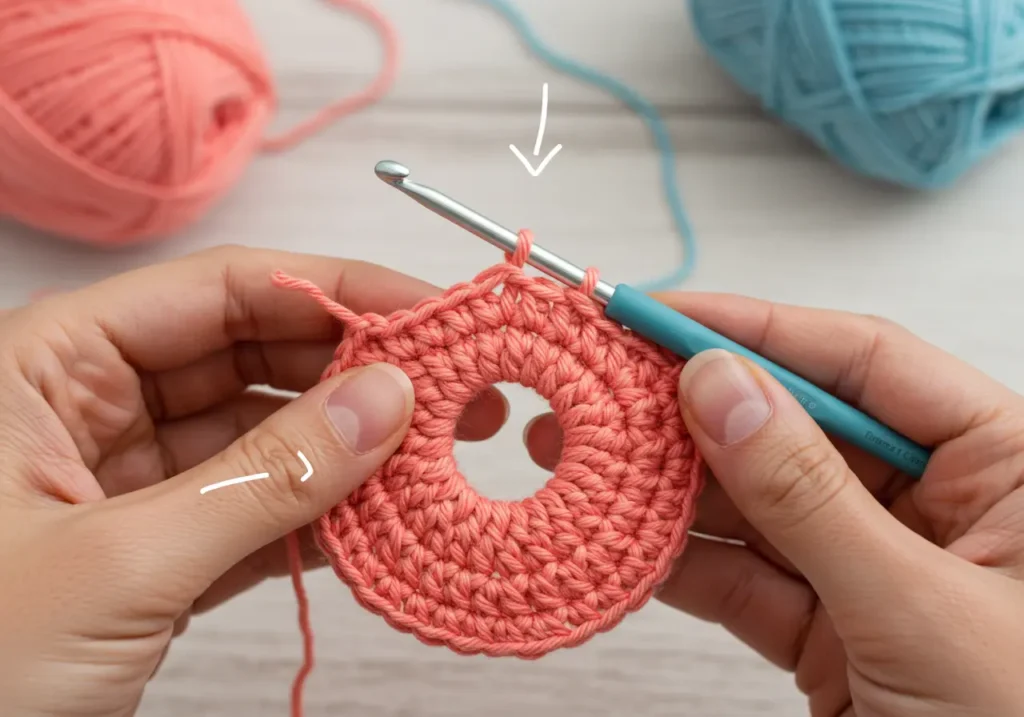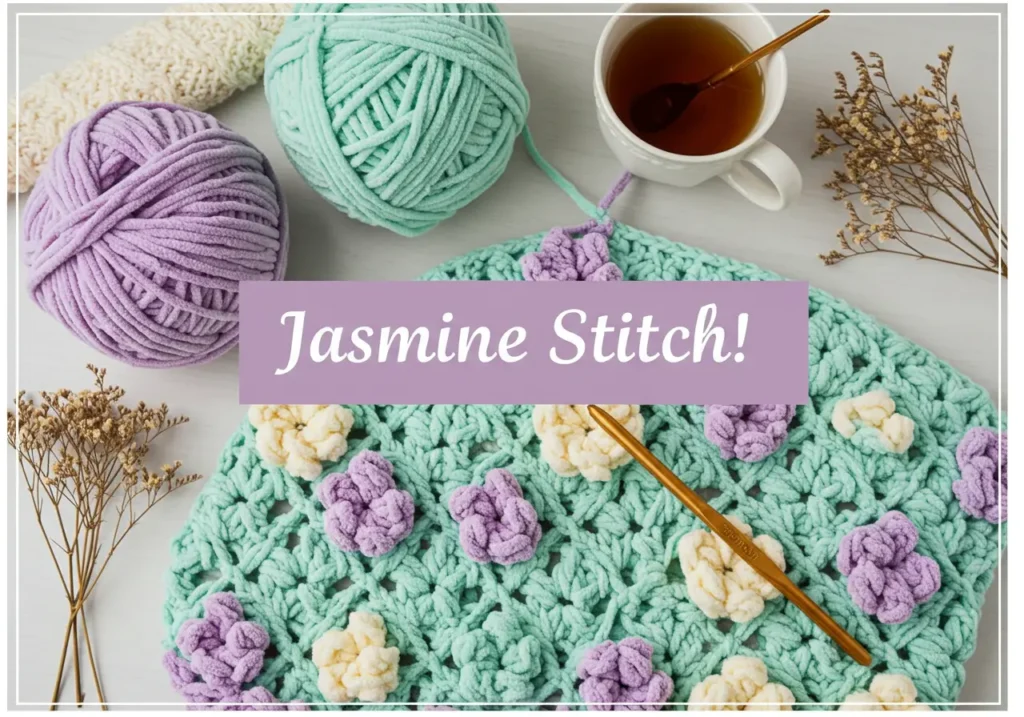To start learning how to read crochet patterns you can begin with the most common pattern language, abbreviations and information. There are several techniques and stitches that you will need to learn during your journey as a crocheter.
Learn how to read a crochet pattern!
To start learning the basics, you can begin by learning how to read written crochet patterns, at first it may all seem very difficult and confusing, but with time and practice everything gets easier. All you need to know are some basic stitch abbreviations, symbols and a few terms.


How to Read Crochet Patterns
Basic Point Abbreviations
CH – Chain
CC – double crochet
Dc – double crochet
Sl st – slip stitch
Sc – single crochet
Hdc – half double crochet
Tr (or trc) – triple (or treble crochet)
These are some of the basic stitch abbreviations that you need to learn in order to read crochet patterns. Don’t worry about saving them now, crochet patterns usually come with terms and abbreviations for each project.
Most commonly used crochet terms
Ch-Sp – chain space
Dec – decrease (Eliminate one or more stitches.)
Turn – Turn your work so you can work back for the next row.
Join – Join two stitches together; usually done by working a slip stitch in the top of the next stitch.
Sp – space (refers to crocheting in the space-or spaces-between the stitches)
St/Sts – stitch or stitches
Rep – repeat (Do it again.)
Inc – increase (Add one or more stitches.)
Parentheses, Asterisks, and Brackets
To make reading the patterns easier, they are arranged in parentheses, asterisks, and brackets. Crochet patterns have a series of steps that are repeated several times in a yarn. So we use the (*) to represent the repetitions.
Now when we use the parentheses ( ) they are usually used to describe a group of stitches that must be worked together. And sometimes the parentheses are used to indicate how many stitches are repeated.
And lastly the brackets [ ], they are used to group points that are to be repeated, generally they are interchangeable and are very similar to the parentheses.
Notes
Before starting a new project check the pattern of the symbol graphic, most designers use standard adopted symbols, in some cases they may use different points. Most symbols use the crochet pattern (USA).
Always practice using the written instruction charts. Always try to work following the instructions to confirm that you are working correctly and your project is coming out according to the instructions.
When you start a new project always mark your lines as you go along, it will be very helpful to not lose track of your place in the work. Stitch markers can be used to help you trace your stitches and thread.
After learning the basic crochet stitches the best way to put everything into practice is to start your first pattern. I will leave you with some suggestions for beginner level projects to practice your first stitches.
Easy Crochet Baby Blanket Pattern Beginners
There are hundreds of projects available for you to practice and even start your own business, but if you are having difficulties in the beginning, I recommend learning the basics like double crochet and the magic circle that are generally used in most crochet pieces.
A very important point is also to know how to choose the ideal hook for each type of project. In addition to facilitating the execution of the project, it gives it a more professional look. But for this you must choose the ideal thread for your hook. Usually this information is found on the thread labels.
Now it’s time to put everything into practice, I’ll leave a video tutorial in case you have any questions, to help facilitate your learning.






Where can I find instructions on how to crochet the oattern/stitches that are in the photo at the beginning of the post “How to read crochet patterns”.
Or what is the stitch called?